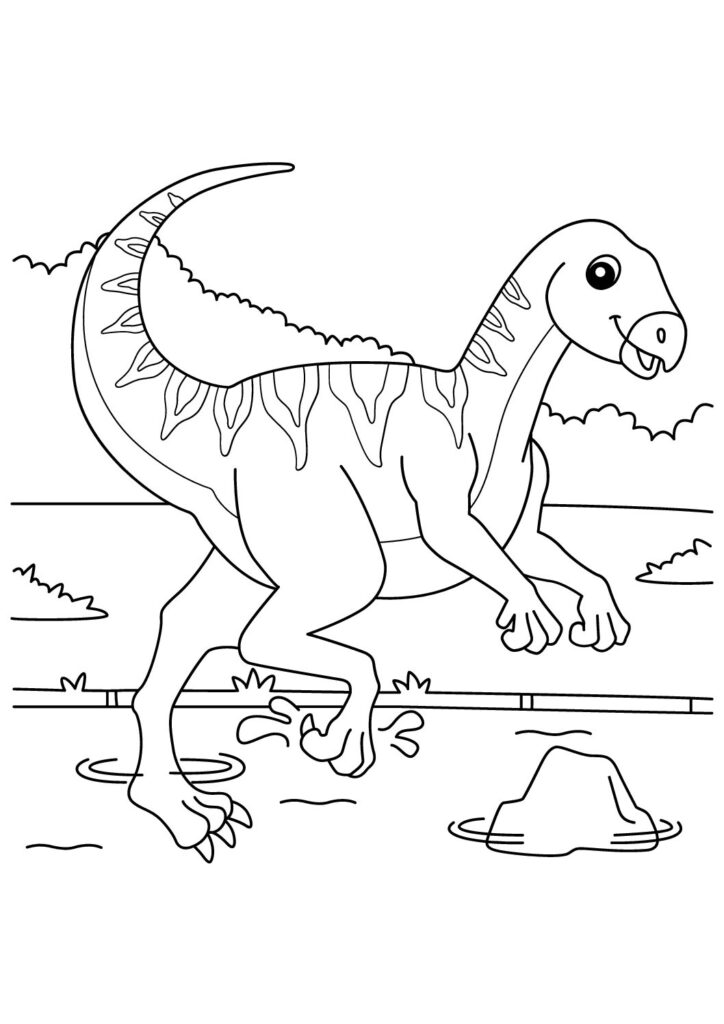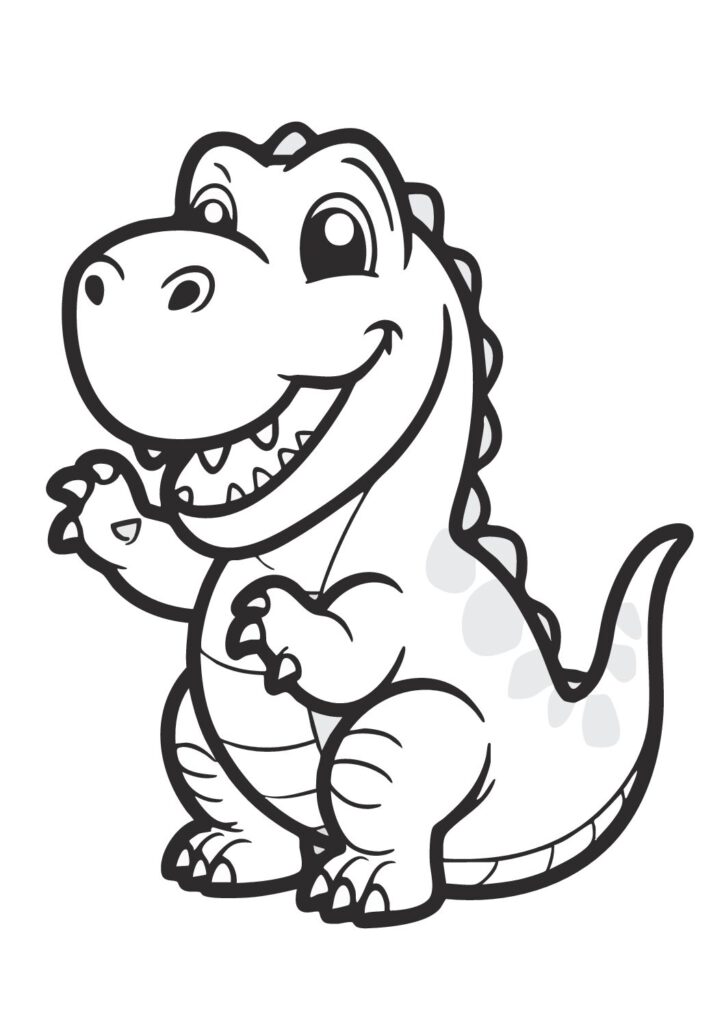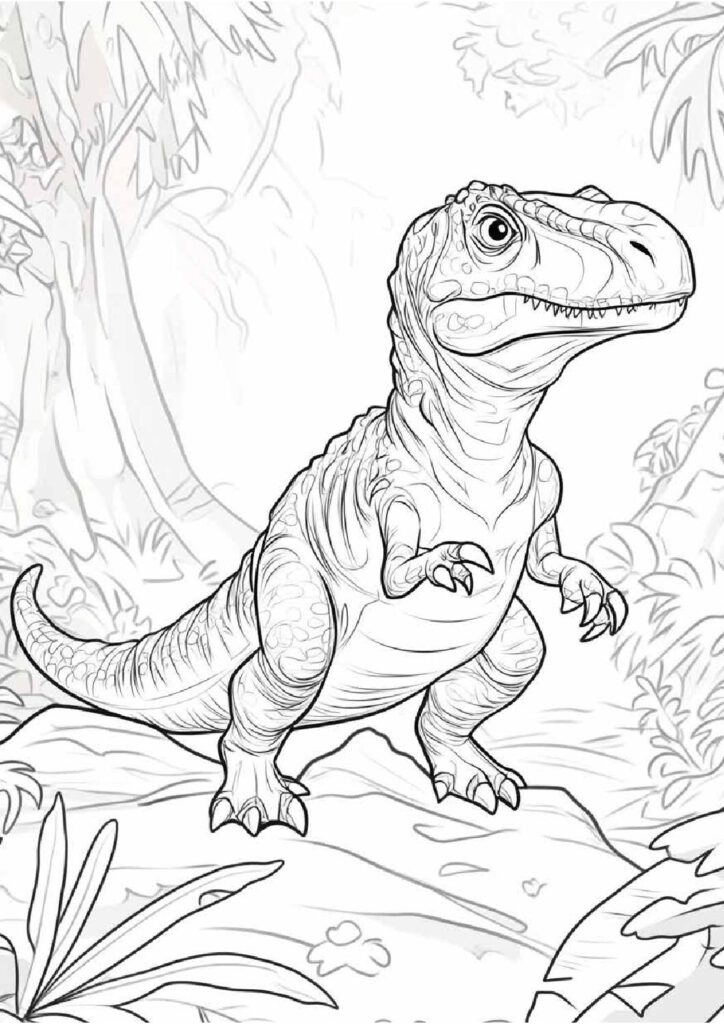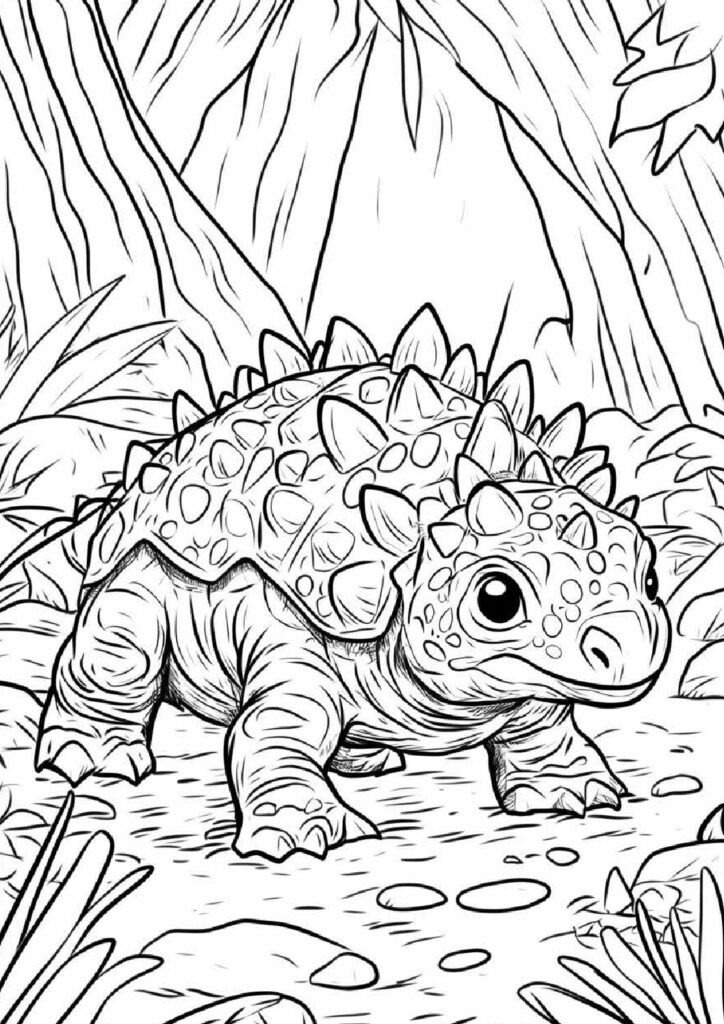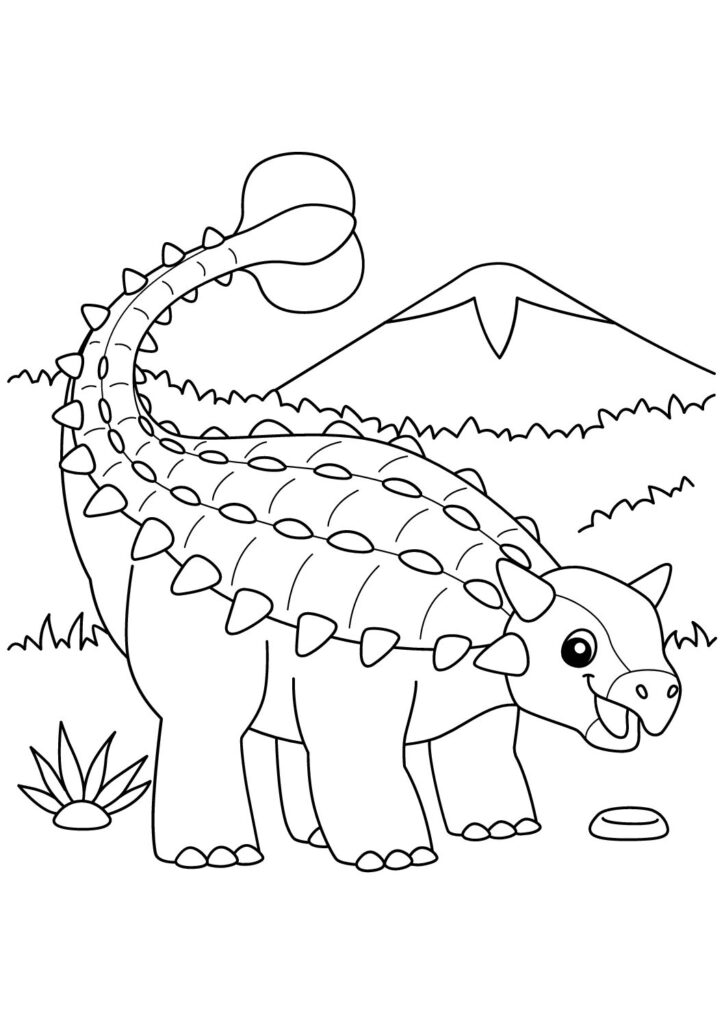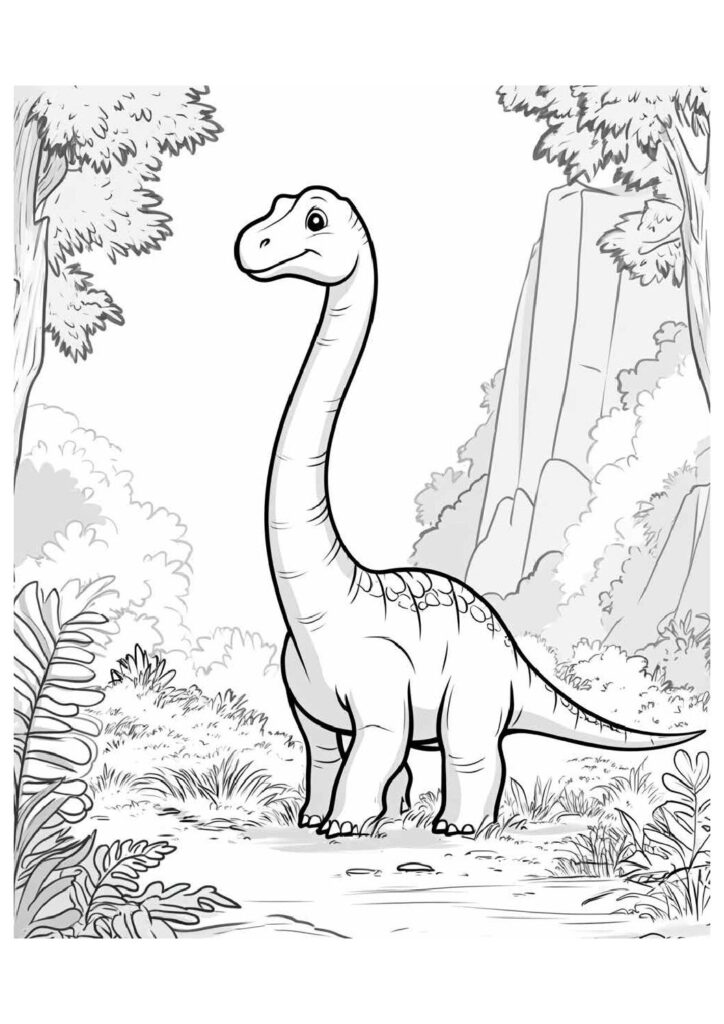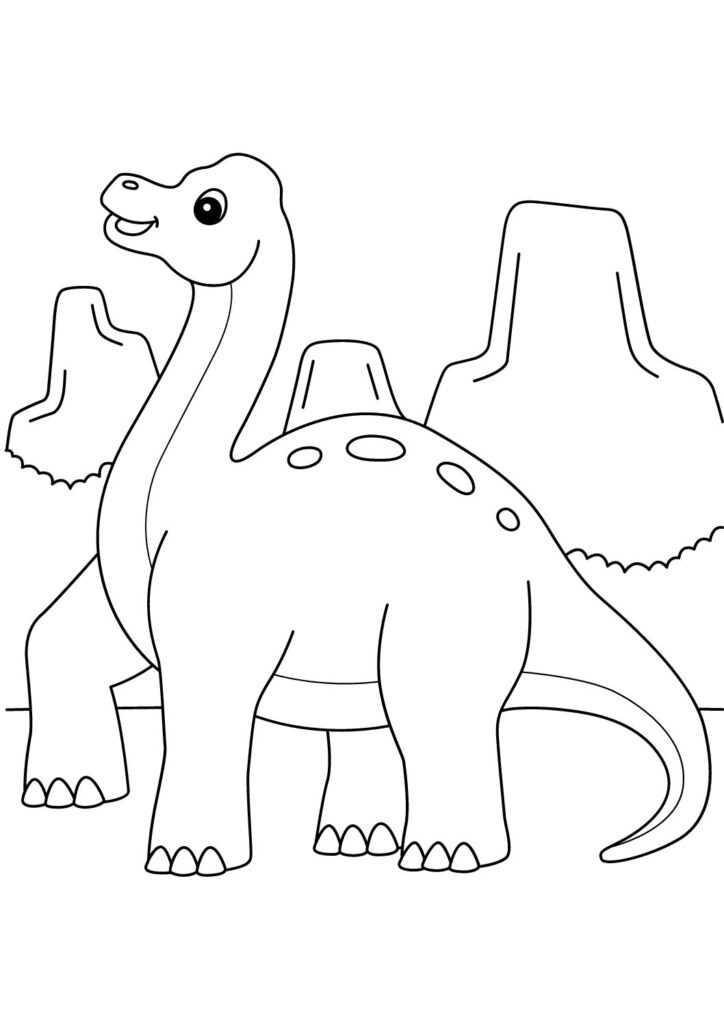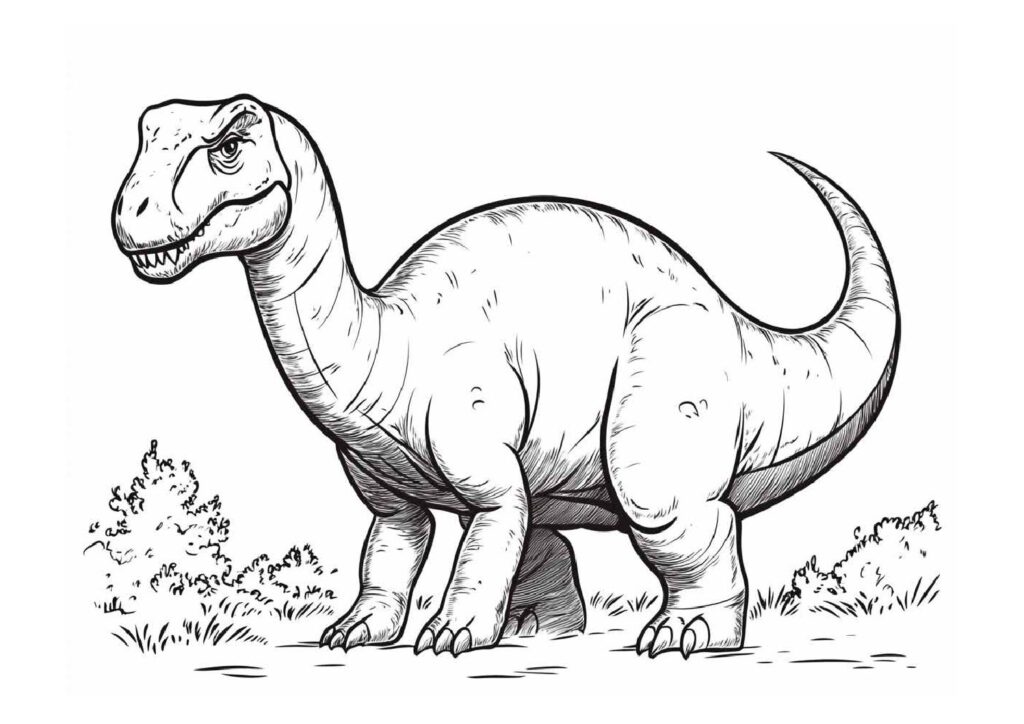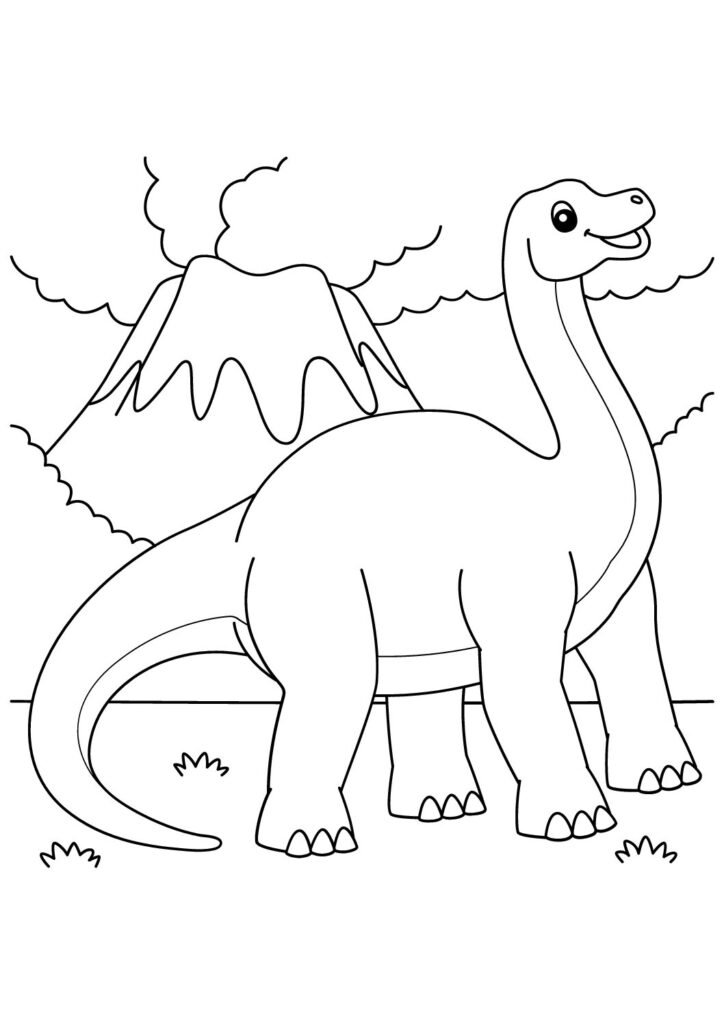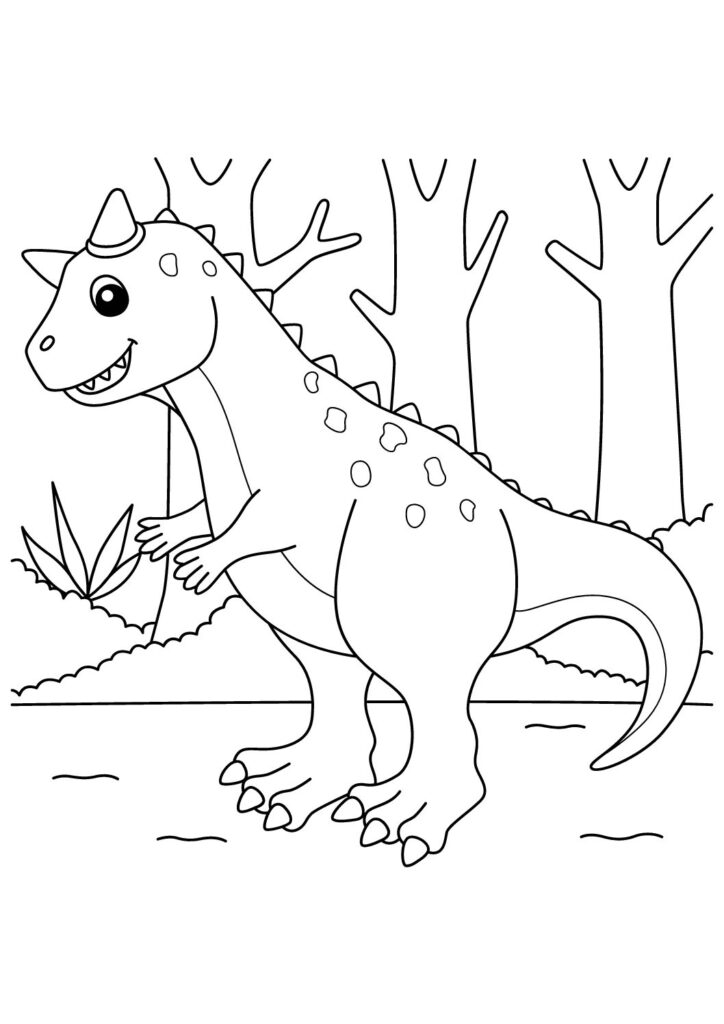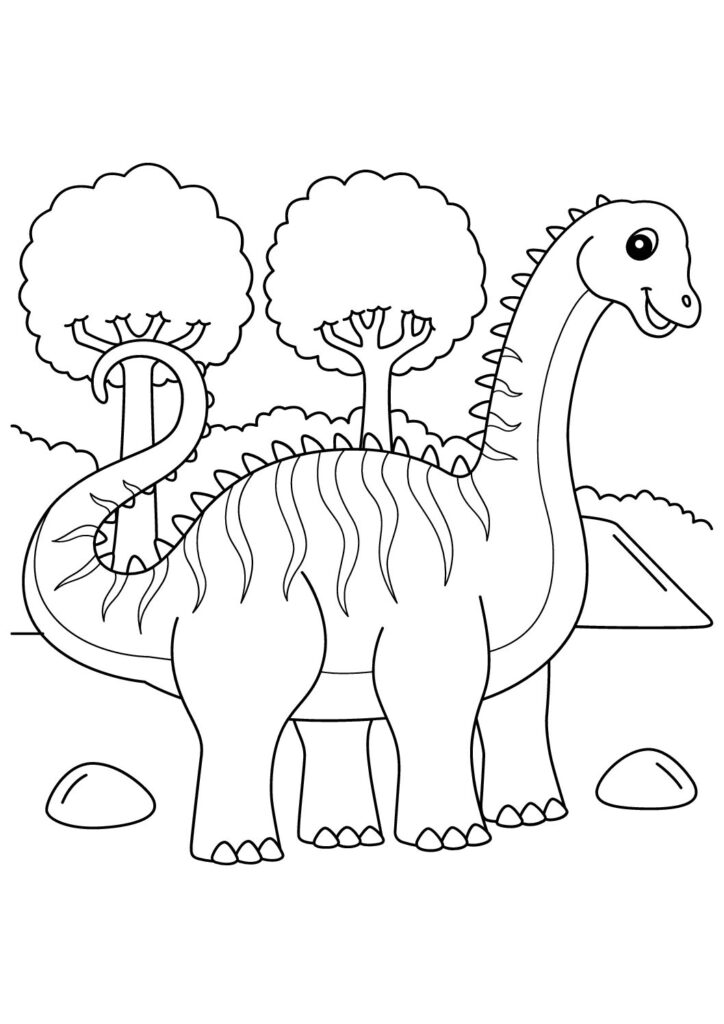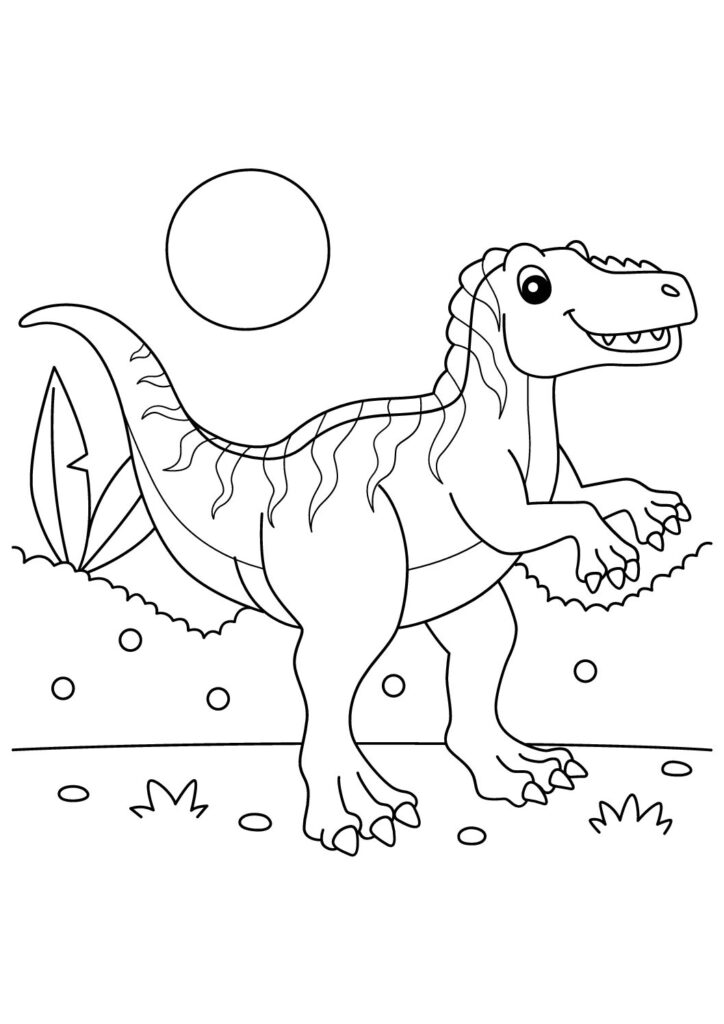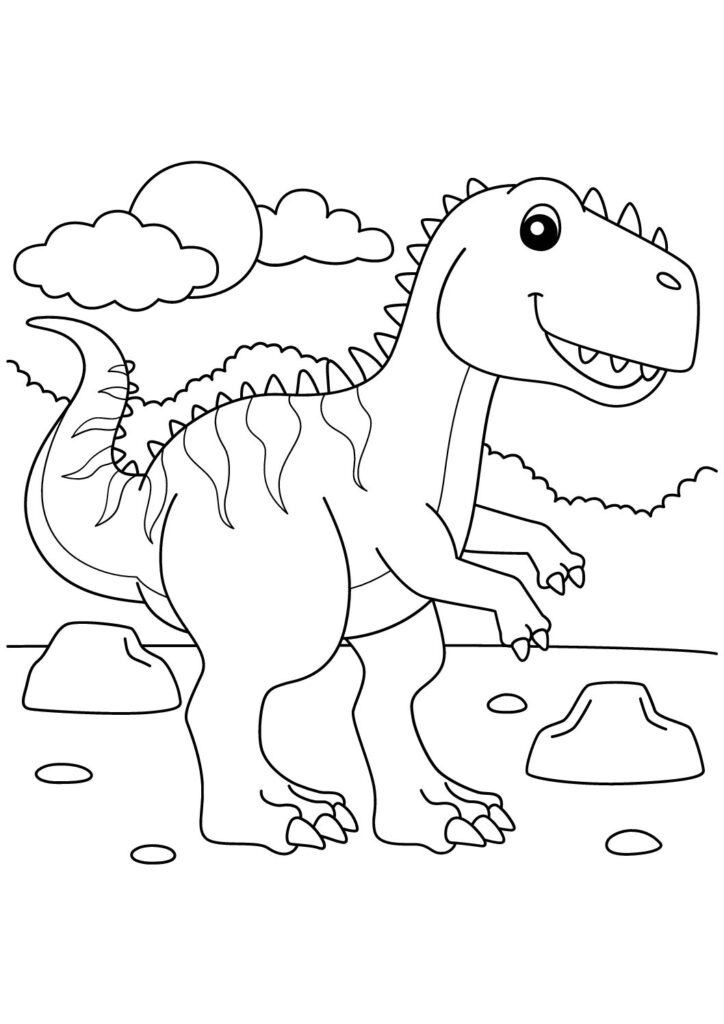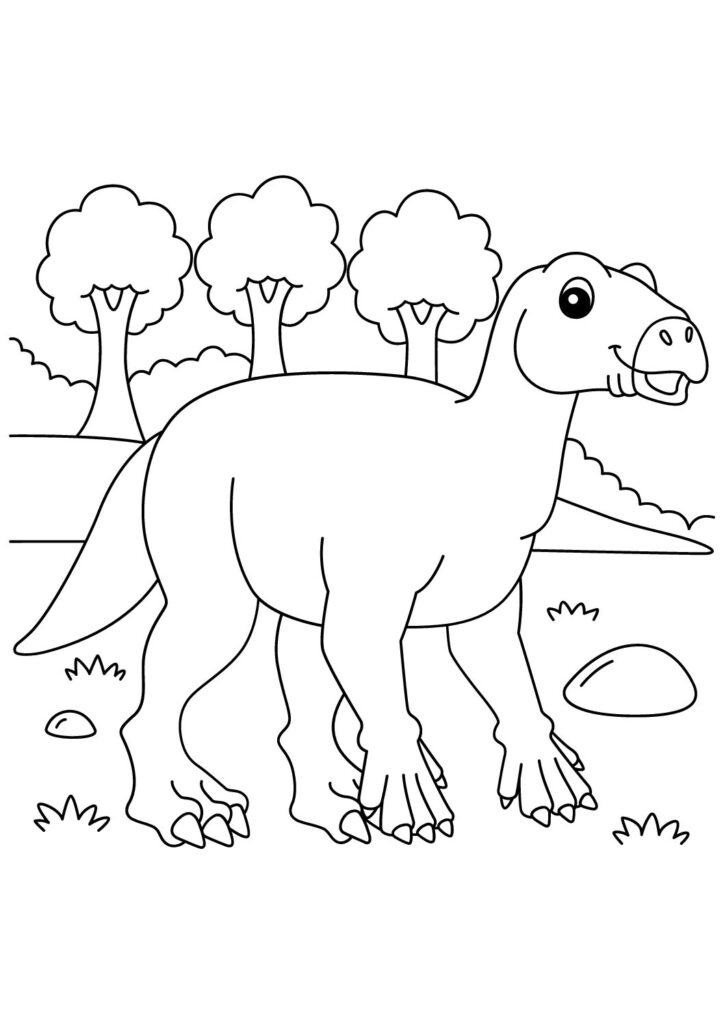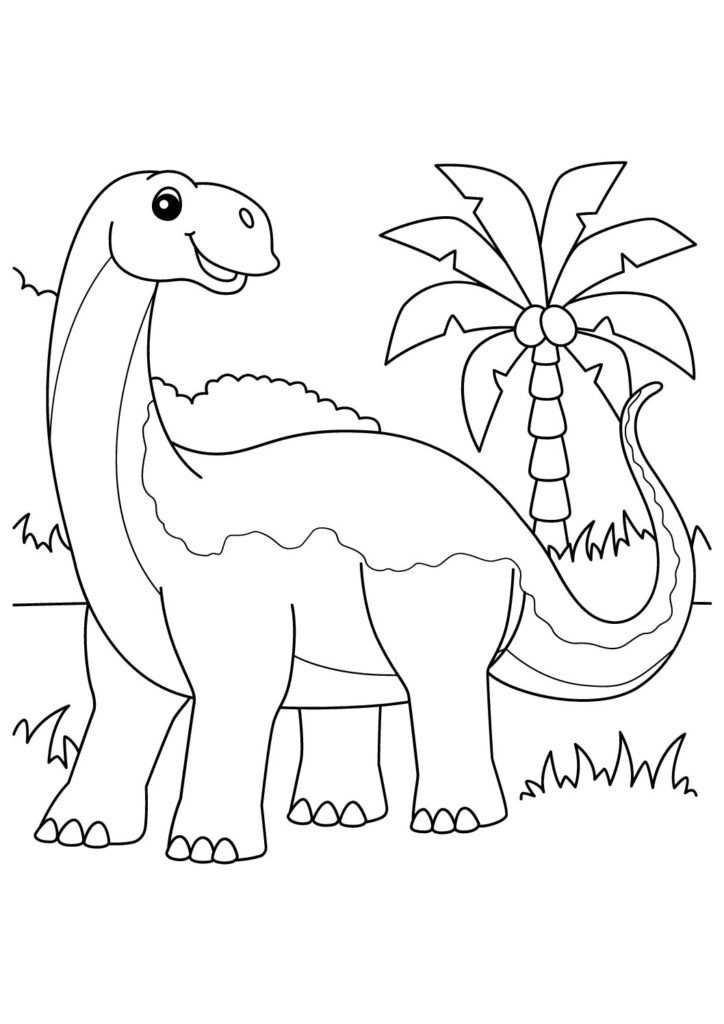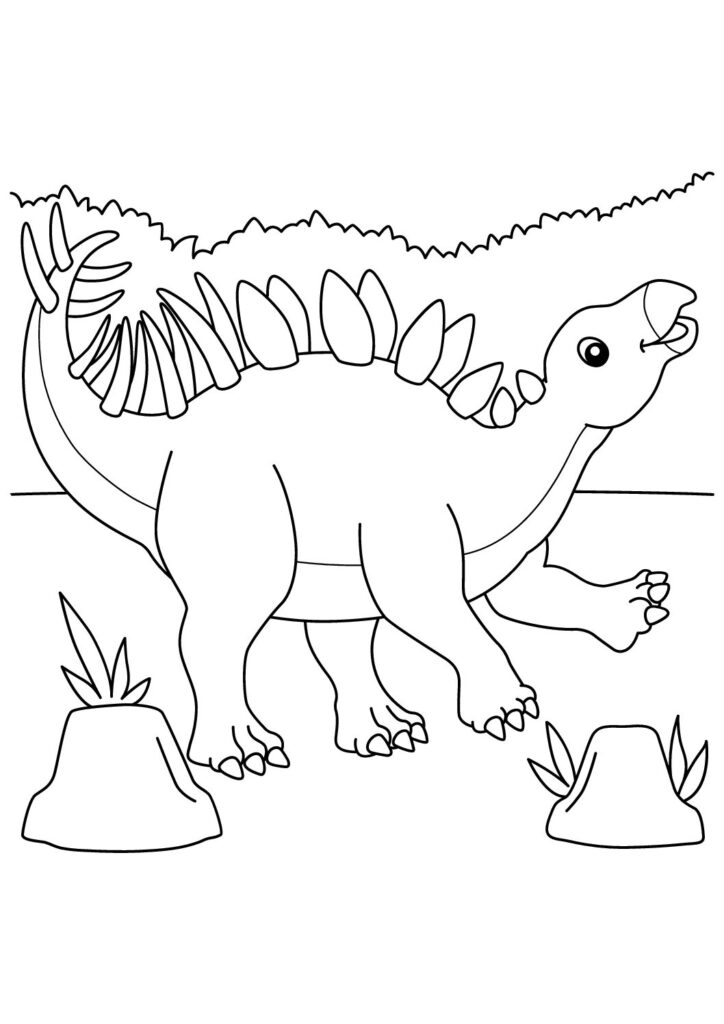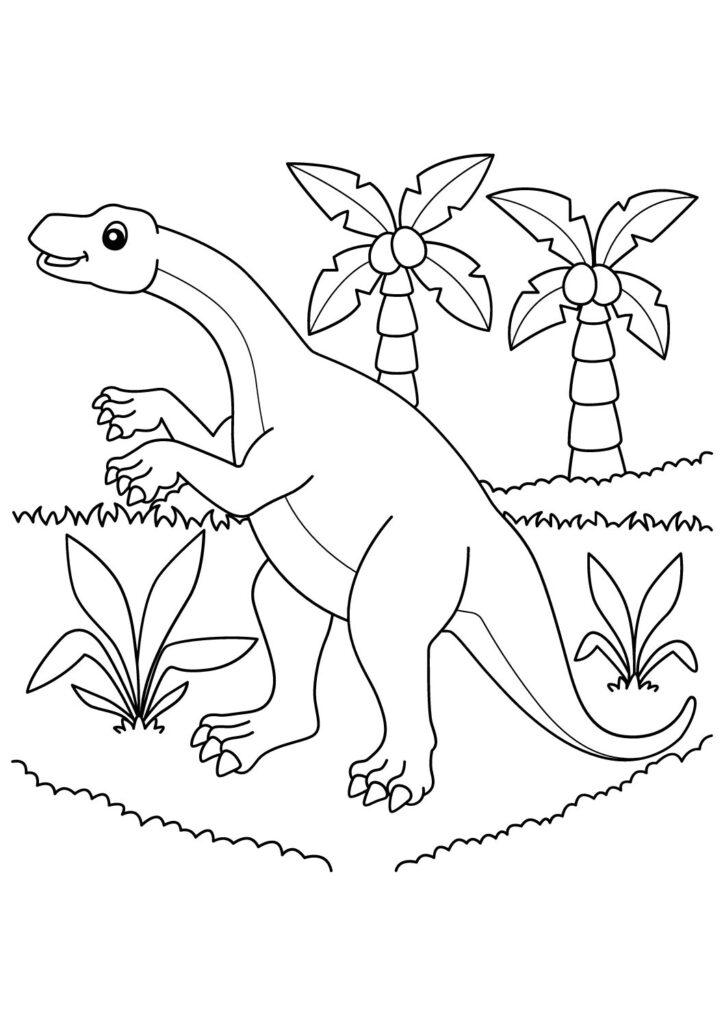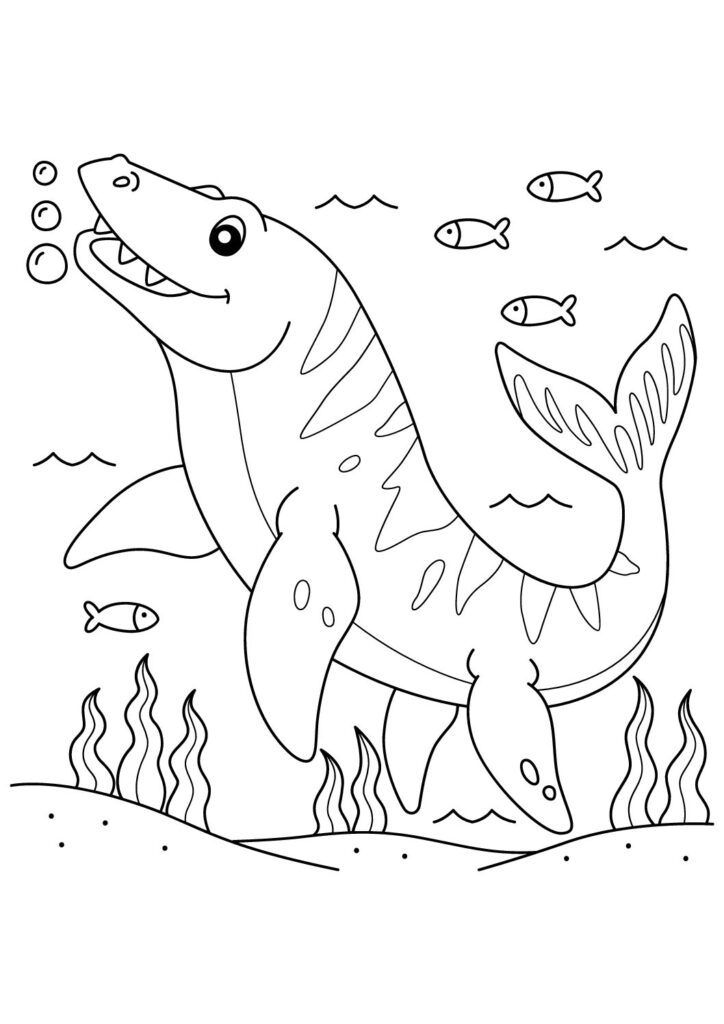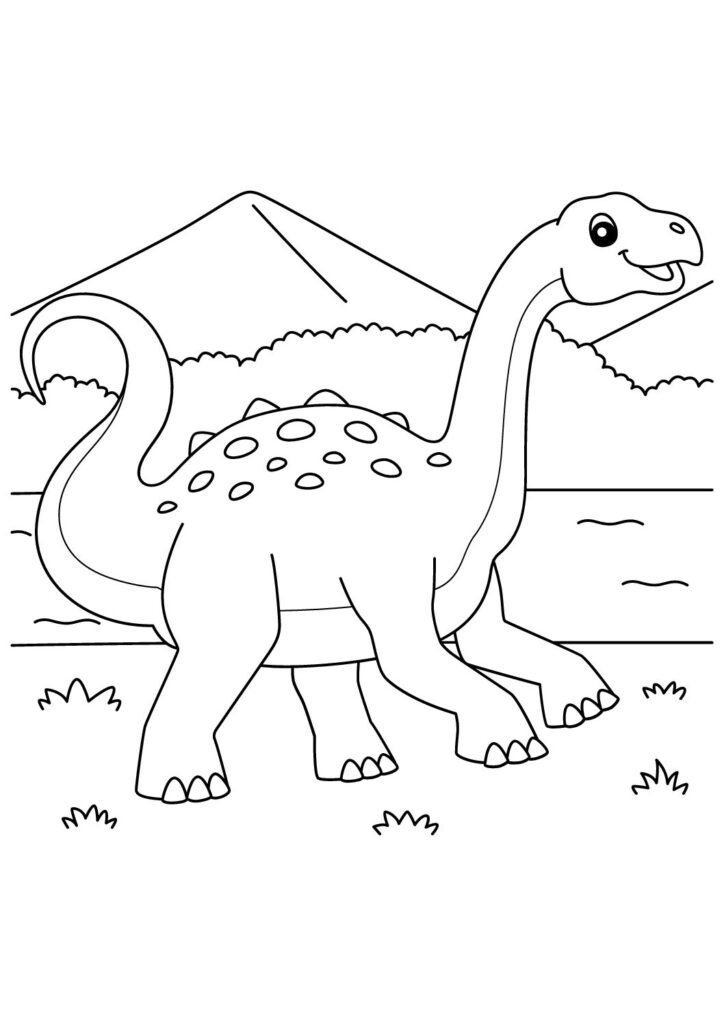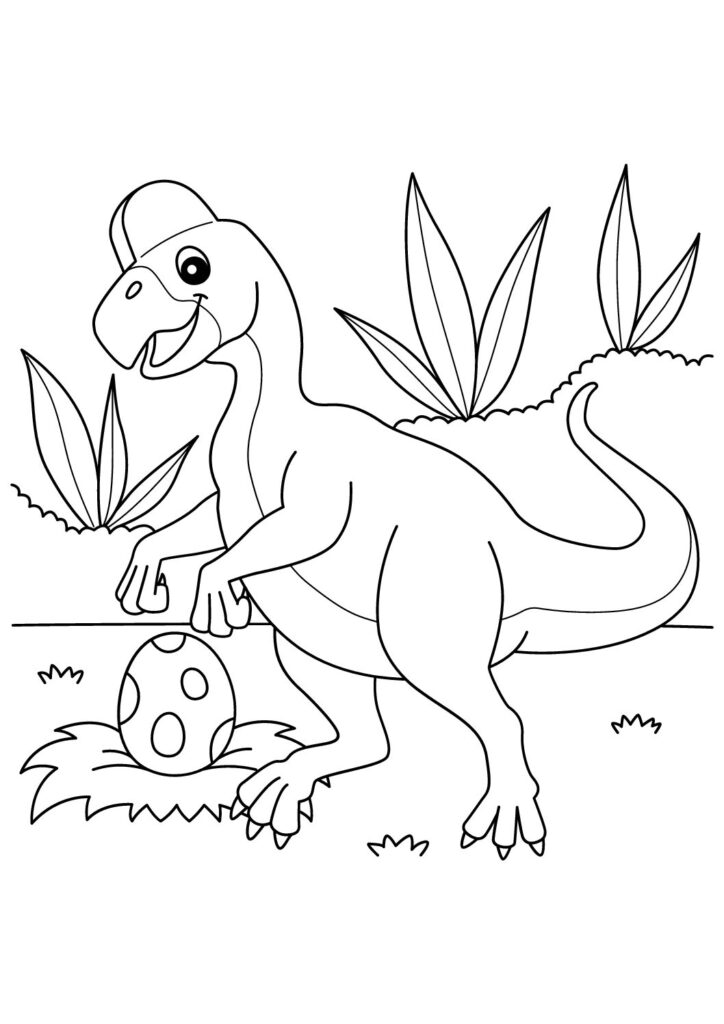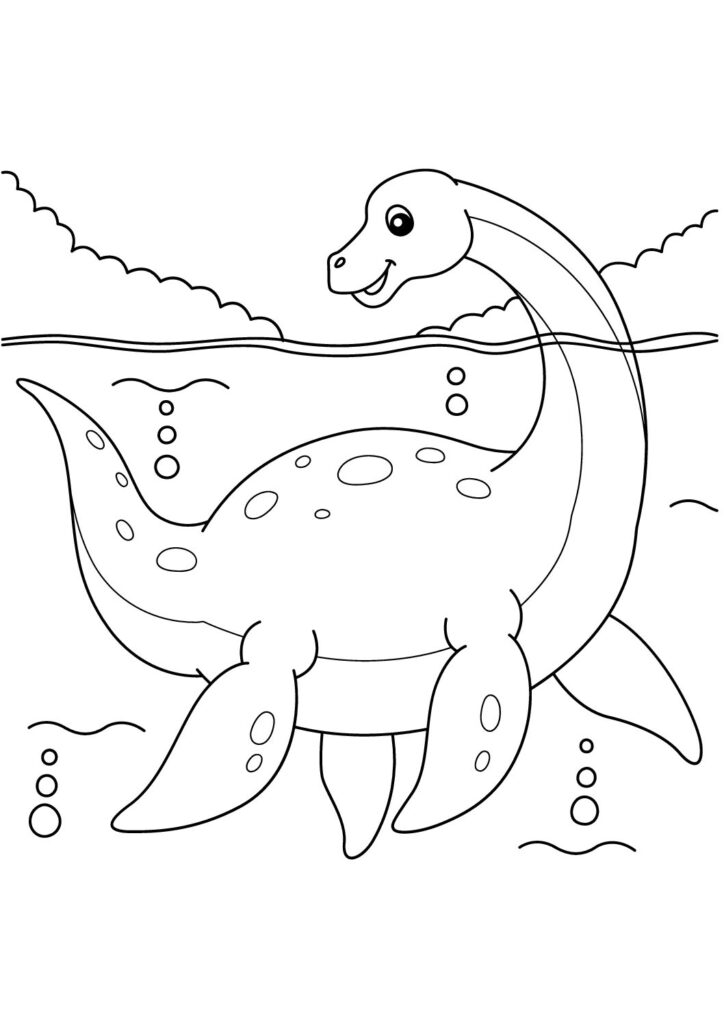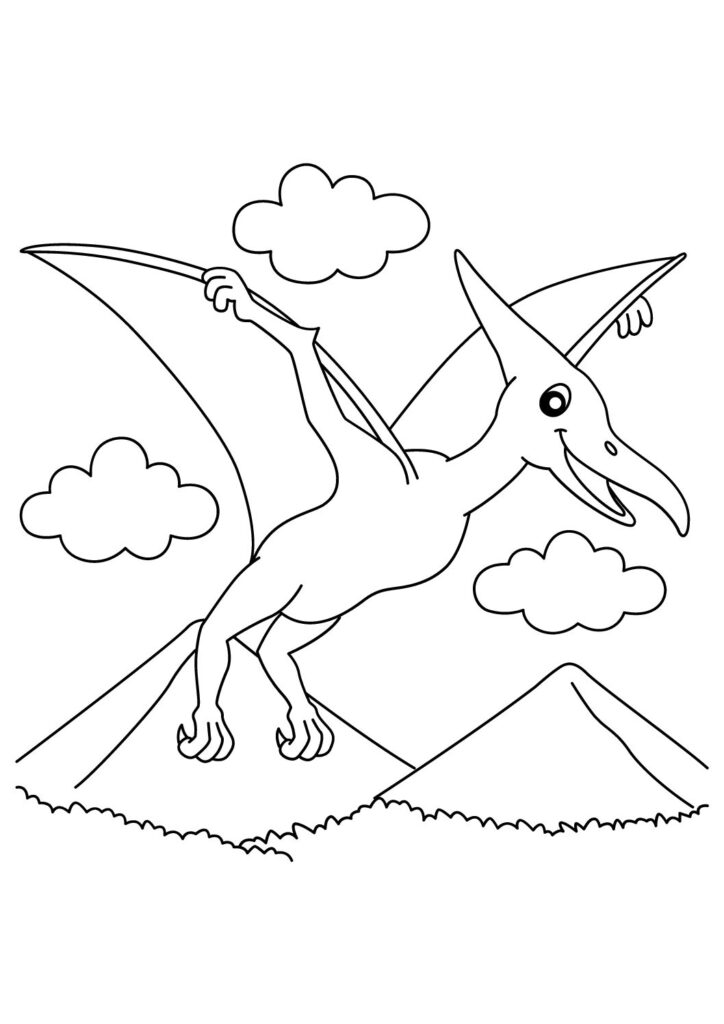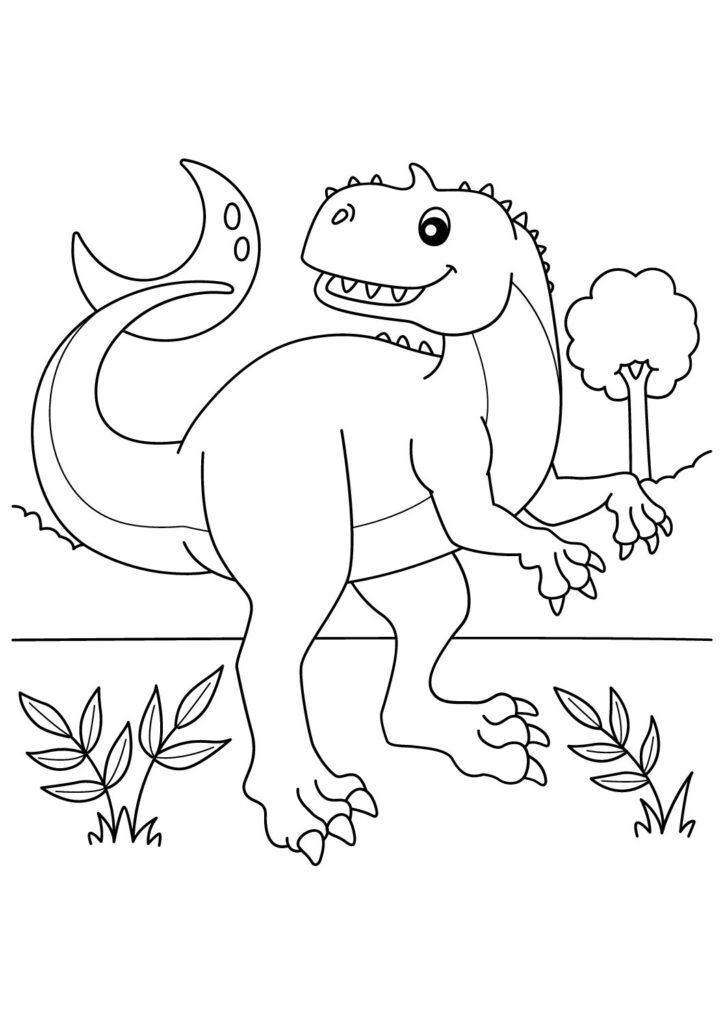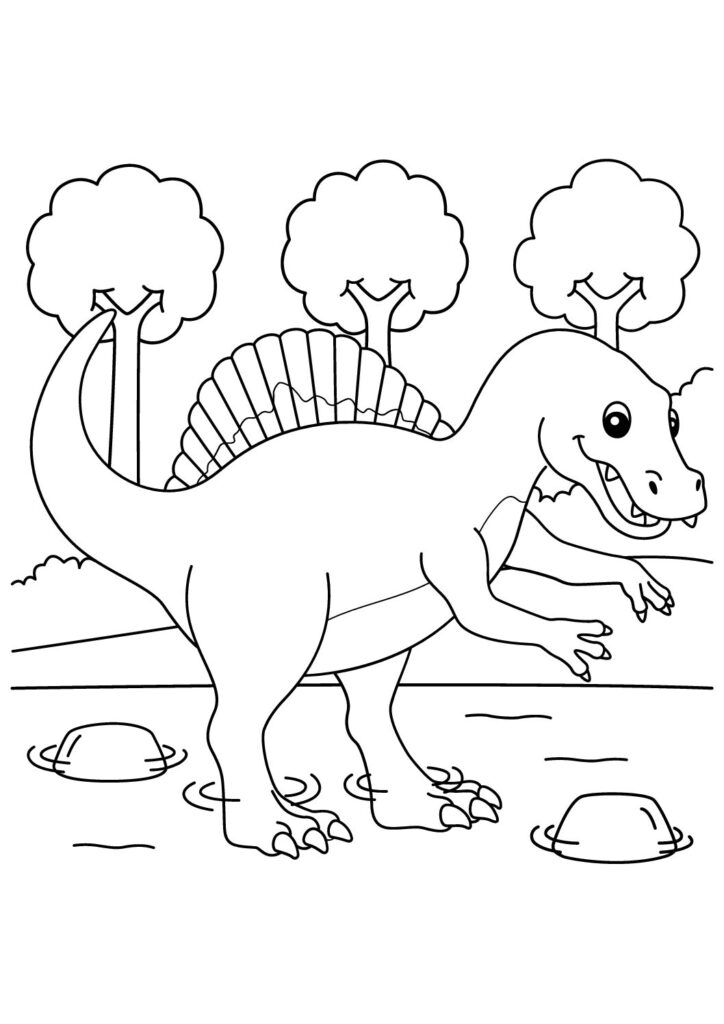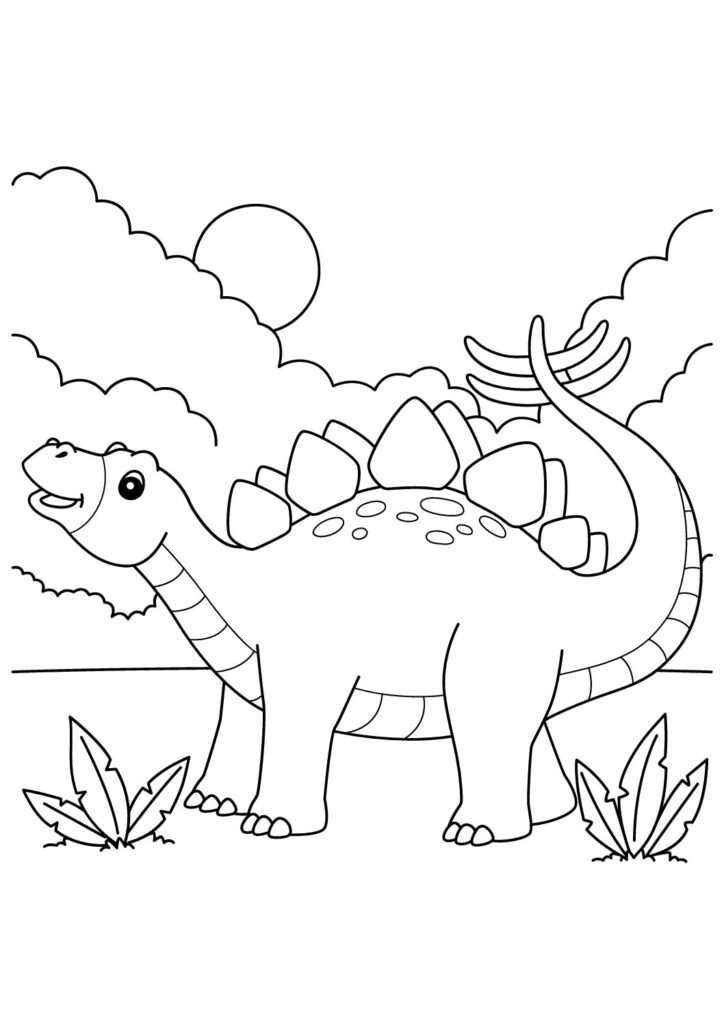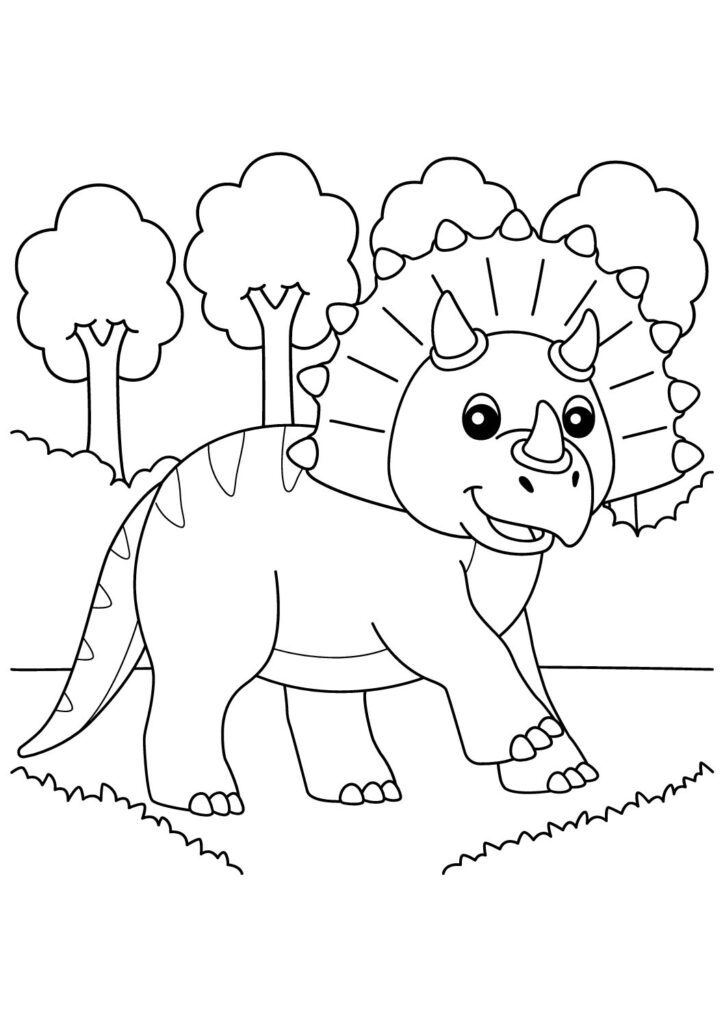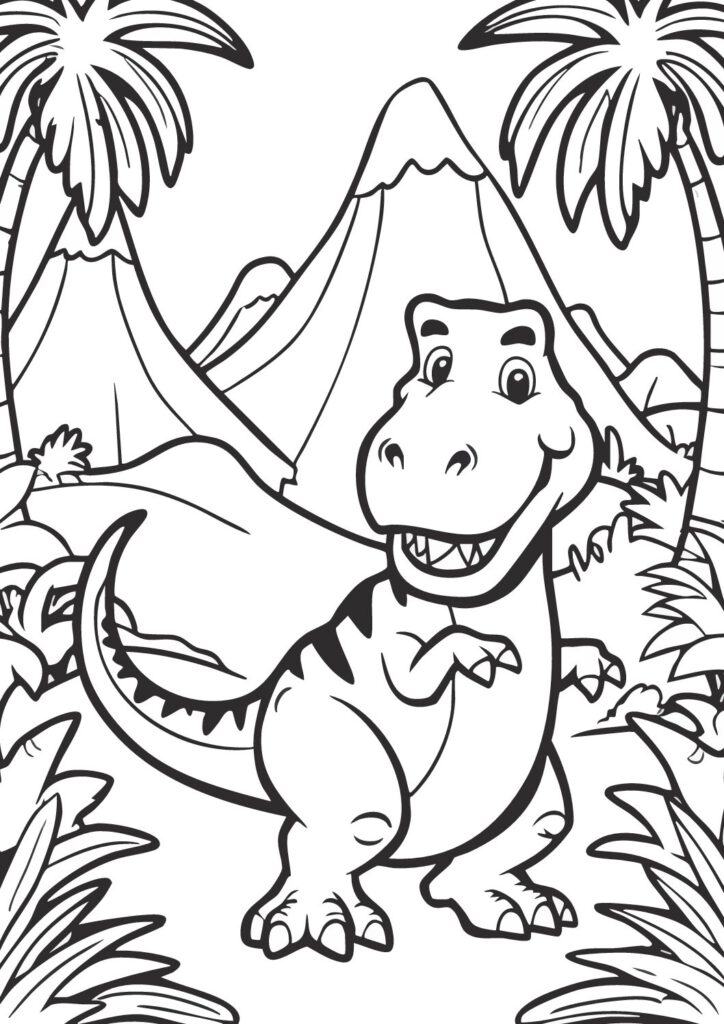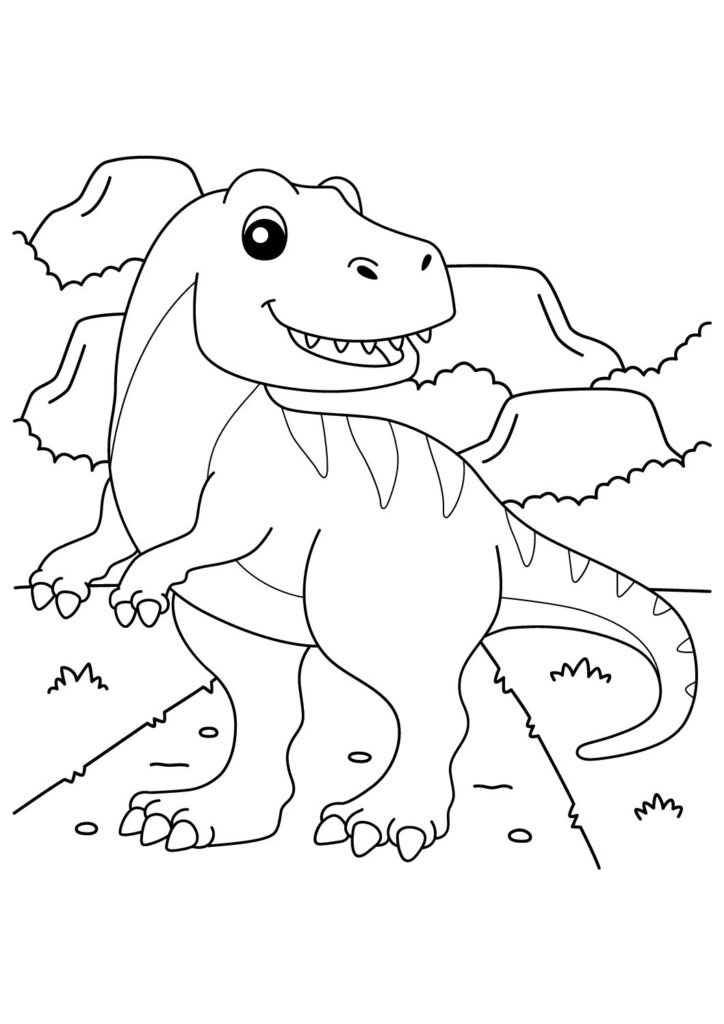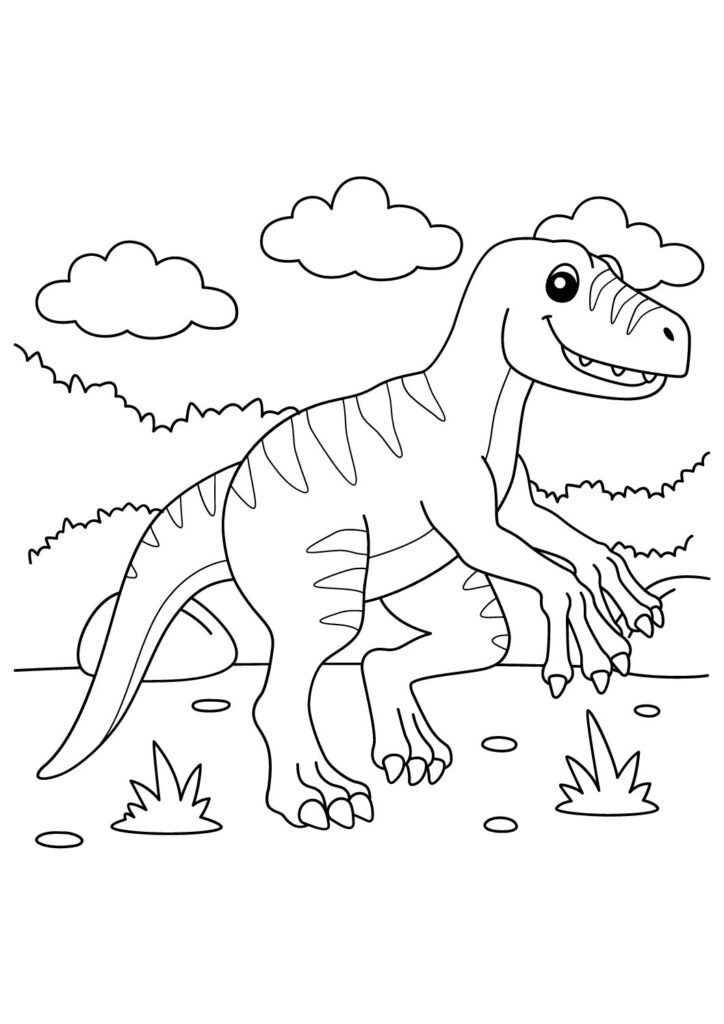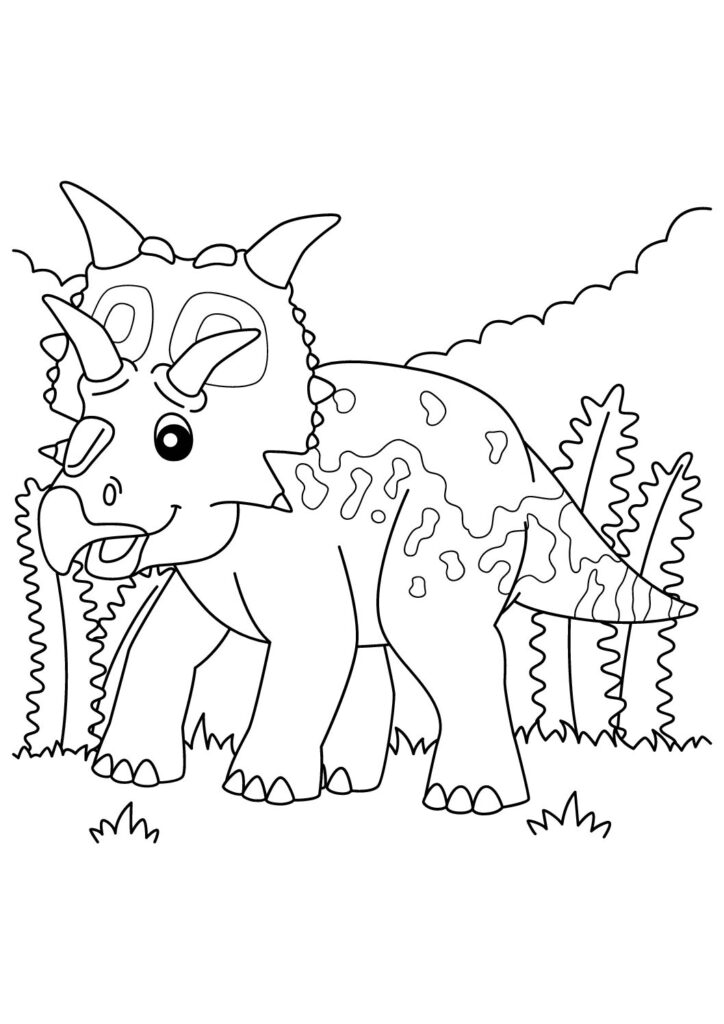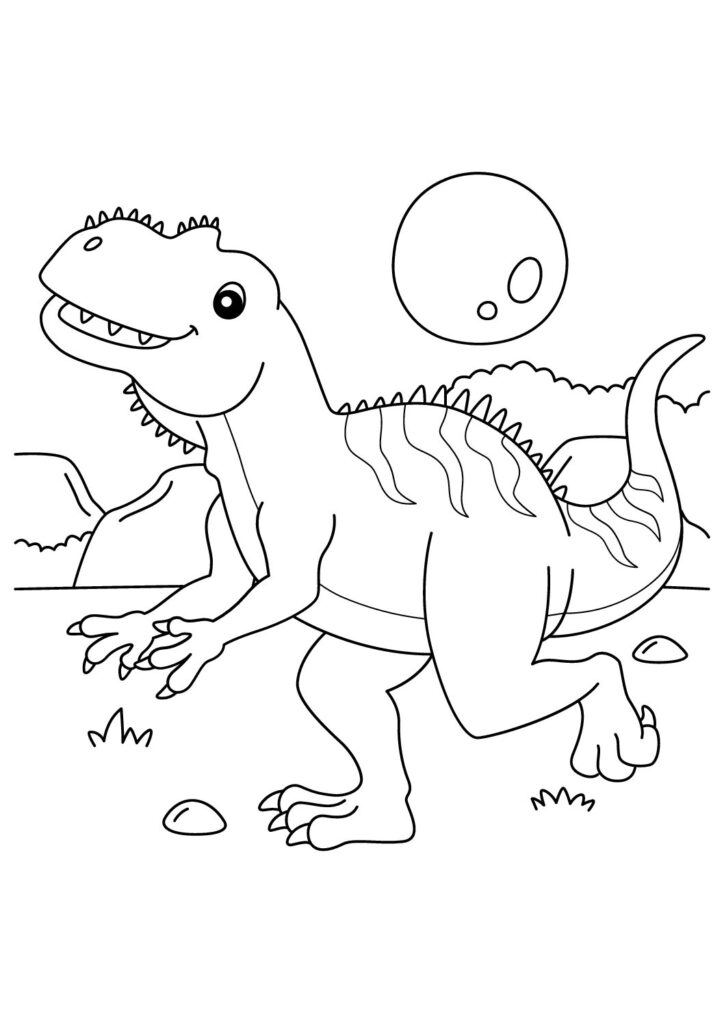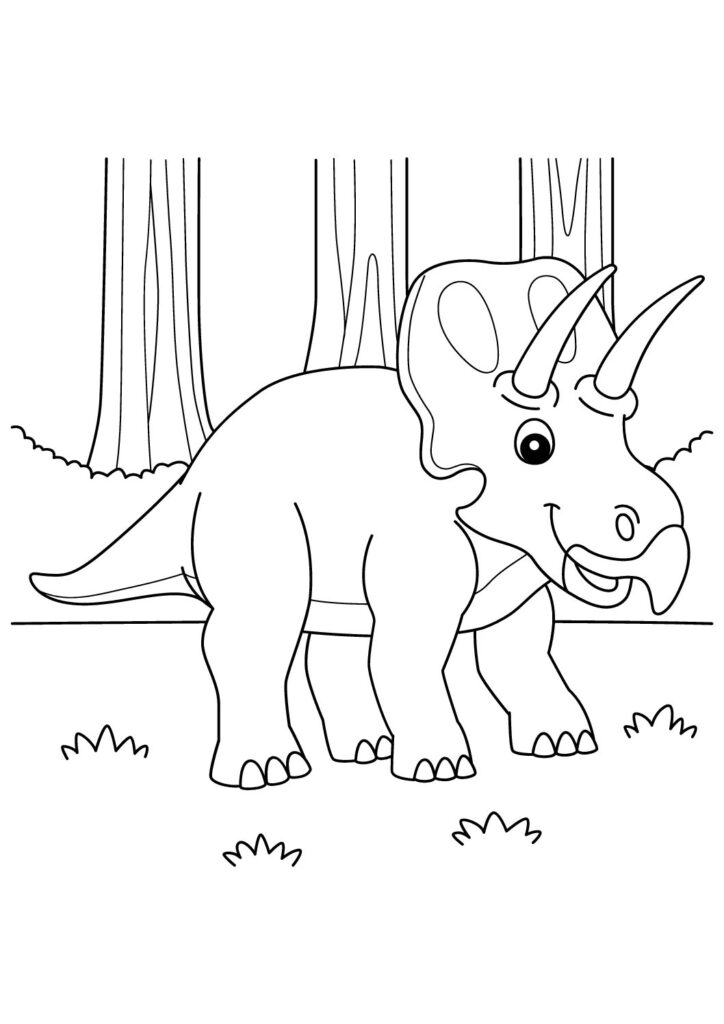1 Free Qantassaurus Coloring Pages for Download (Printable PDF)

Sprint into our free printable collection of Qantassaurus coloring pages featuring these small but swift dinosaurs in their active poses! Download these high-quality sheets showcasing these agile ornithopods with their distinctive beaked faces, strong legs, and athletic bodies displaying their incredible running abilities. Perfect for kids and dinosaur enthusiasts, these detailed prehistoric coloring pages capture the nimble nature of these plant-eating creatures known for being one of Australia’s fascinating Early Cretaceous discoveries. Each printable sheet brings these amazing little runners to life, highlighting their beaked snouts, powerful hind legs, and dynamic running postures!
Fascinating Qantassaurus Facts: The Complete Guide to Australia's Distinctive Dinosaur
Introduction
Qantassaurus intrepidus represents one of Australia’s most significant dinosaur discoveries, thriving in what is now Victoria during the Early Cretaceous period approximately 115 million years ago. This remarkable small ornithopod, named after Australia’s national airline Qantas, has provided crucial insights into polar dinosaur adaptations and diversity during a time when Australia remained connected to Antarctica within the southern supercontinent Gondwana.
Physical Characteristics
Qantassaurus was a relatively small bipedal herbivore measuring approximately 6-7 feet in length and standing about 3 feet tall at the hip, weighing an estimated 100-200 pounds. Its most distinctive feature was its unusually short, deep snout containing ten teeth in each dentary (lower jaw)—fewer than related ornithopods—suggesting specialized feeding adaptations potentially suited for particular plant resources in its ancient polar environment.
Polar Environment
During Qantassaurus’s time, Australia sat much farther south than its current position, within the Antarctic Circle, experiencing extreme seasonal variations including months of darkness during polar winters. Despite these challenging conditions, the region supported diverse forests of conifers, ginkgoes, and ferns that sustained various dinosaur species, demonstrating that dinosaurs successfully adapted to polar environments rather than being exclusively tropical or temperate-dwelling animals.
Discovery Significance
Paleontologists Patricia Vickers-Rich and Tom Rich discovered Qantassaurus remains in 1996 at the famous Flat Rocks site in Victoria’s Inverloch region, part of the Wonthaggi Formation. This site has yielded numerous small dinosaur fossils through painstaking excavation, often involving the removal of tons of rock using specialized equipment to extract fossils from the extremely hard matrix, demonstrating the exceptional effort required for paleontological discoveries in this challenging geological context.
Evolutionary Context
Qantassaurus belongs to Ornithopoda—a diverse group of primarily herbivorous dinosaurs that included larger forms like Iguanodon and hadrosaurs. As a member of the family Hypsilophodontidae, it represents the smaller-bodied branch of this successful dinosaur lineage, though recent taxonomic revisions suggest these relationships may be more complex than initially thought, with ongoing research refining our understanding of ornithopod evolution.
Scientific Naming
The genus name Qantassaurus honors Qantas Airlines, which transported fossils and research equipment for the paleontological team, while the species name “intrepidus” (meaning “intrepid” or “fearless”) recognizes the challenging conditions of field research in the area. This naming convention reflects the important role of logistics and support services in enabling scientific discoveries, particularly in remote or difficult research locations.
Australian Paleontology
Qantassaurus holds special significance for Australian paleontology as one of the first dinosaurs named from Victoria, helping establish the region’s importance for understanding Cretaceous polar ecosystems. The Dinosaur Dreaming project that discovered these fossils has involved numerous volunteers and citizen scientists alongside professional researchers, demonstrating the valuable contributions of community engagement to paleontological discoveries.
